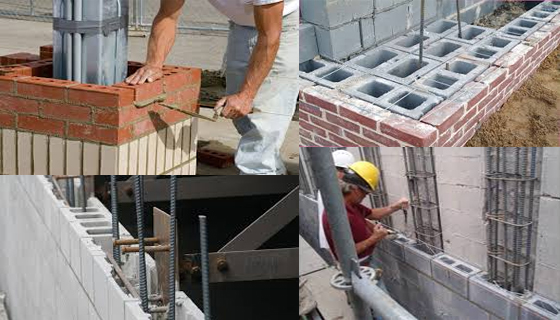Benefits of Load Bearing Masonry

Load bearing masonry is a popular and globally recognized building methods. Now-a-days load bearing masonry is supported with brick, stone and concrete masonry units (CMU) or concrete blocks.
These vary on the basis of the materials and process of placing the masonry units. Recent up-gradation includes aerated concrete blocks, hollow concrete blocks, autoclaved ceramic blocks etc.
Masonry is categorized in the following way:
. Material: Stone, brick, block
. Cavity or non cavity
. Reinforced or non-reinforced
. Composition: one material or composite
Masonry usually contains placing the masonry unit (MU) one layer at once. A mortar is applied to grasp the MUs in position and improve their potency and solidity. Mortars range from various types but the extensive categorization will include cement mortars, lime mortars and synthetic adhesives. Earth is also applied as mortar in some parts of the globe.
Load bearing masonry is considered as a laborious construction method. Placing brick over brick, course over course is a monotonous process. With the arrival of quick setting mortars, the process is accelerated to a great extent. Attempts to mechanize the masonry process by using brick laying robots have met with limited success and skilled masons remain valued the world over.
Another useful step for accelerating the masonry process is the use of mortarless masonry or dry masonry. Factory made interlocking blocks are utilized for this type of masonry that can be placed devoid of the use of mortar.
In the United States, the engineering design of masonry is regulated by the American Concrete Institute and the American Society of Civil Engineers. All characteristics of masonry are evidently recorded and narrated. The code implies that the thickness must be kept at 6 inches for single story buildings and minimum 8 inches for structures more than one story (Allen & Thallon, 2001).
Ref.: theconstructor.org

|